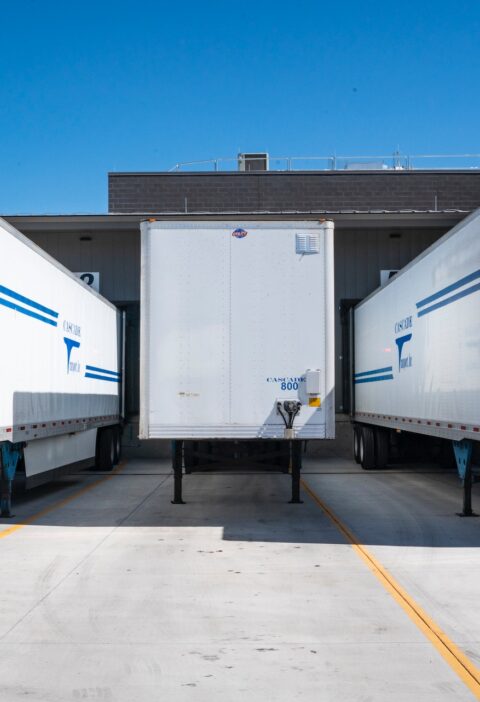When people think of firewear, firefighter outer gear most often comes to mind. That’s the big puffy suits firefighters are seen wearing going into burning buildings and coming back out without a singe or burn on themselves. In reality, fire resistant (FR) workwear comes in different forms and formats, including fire wear that almost looks like regular clothing but provides the added protection needed for a work environment that can turn dangerous in an instant.
Going Beyond the Puffy Moonsuits
Some of the most modern changes now being implemented in fire-resistant workwear, like that provided by Walls FR and others, are taking things even further. Previously, fire-resistant workwear and protective suits were just about eliminating the ability of fire or heat to begin burning the material itself, even under direct exposure. However, that produced workwear extremely bulky and hard to move around in, such as city firefighter external outfits. Now, modern workwear design is trying to achieve high-quality results in two major categories at the same time: fire-resistance and performance-capable apparel. The combination, when achieved successfully, provides additional mobility and flexibility for workers previously constrained by the limits of their old protection suits and materials. The latest designs are particularly useful for lighter protection where constant exposure is not the case, but unexpected flash exposure is a high risk.
Taking a Hint from Layering
Clothing has long been worn in the form of layers. A person wears more layers when it’s cold to create insulating layers the fend off the cold on the outside and trap the heat on the inside without suffering overheating, ideally. A similar approach is now being utilized in fire-resistant clothing, creating lightweight fabrics that can be layered. They give workers the options to have multiple layers or fewer layers while still being protected, a key flexibility in environments where the temperature is changing dramatically.
Multiple layers also build up additional protection. When an outer layer was compromised, that was it for the inside, which suffered damage quickly. Now, with a thin underlayer, additional protection creates another barrier preventing the heat and fire from getting through and causing harm right away. This too represents a key change as any small damage to an outer layer meant full disposal of the suit for fear of penetration at the weak point.
The Human Factor Continues to be a Challenge
Unfortunately, even modern fire-resistant workwear is only as good as it is taken care of. Poor maintenance, cleaning, and use end up shortening the functional life of fire-resistant wear, no matter how well it is designed with modern technology. Multiple items of apparel could have lasted much longer had they have simply been washed correctly and cleaned without preventable negative effects on their resistant qualities. So, workwear education continues to be a primary need and point of attention for any fire-resistant workwear use.
Many fear that such workwear items require expensive extractors and similar for cleaning prior to laundering, and then additional sensitive machines for the cleaning itself. In reality, modern fire-resistant workwear can be handled similarly to home laundry, with just a few specific precautions. The ease by which modern pieces can be cleaned properly is amazing, folks just need to be thoroughly educated about proper use.
Take a Second Look to Protect Employees Better
So, if your employees are dealing with oversized protection suits for heat and fire-exposed environments, it might be time to take a second look at what’s available for workwear protection. Some of the latest changes are completely shifting the paradigm on workwear protection, particularly in the area of fire-resistant (FR) workwear.







